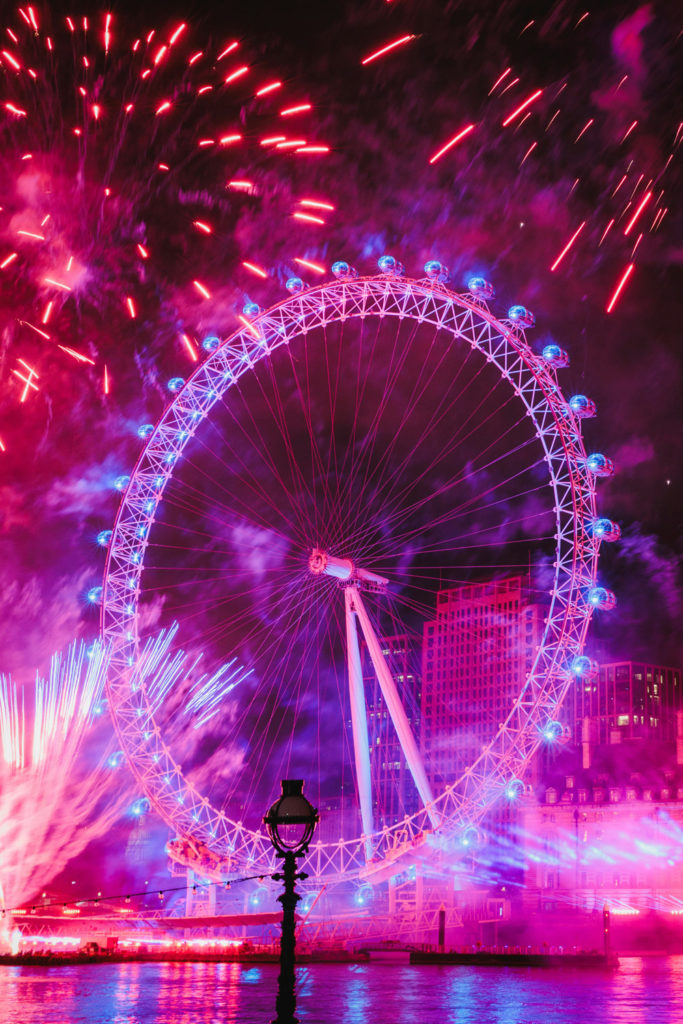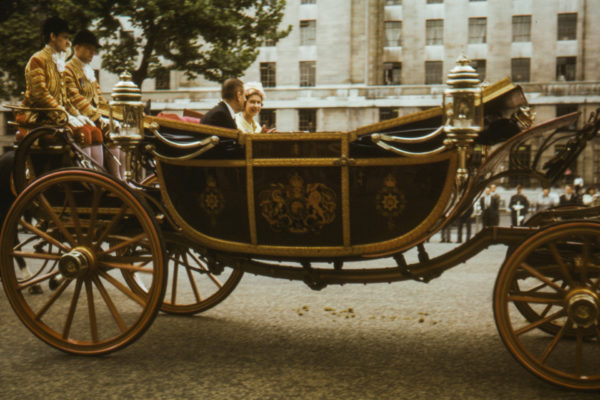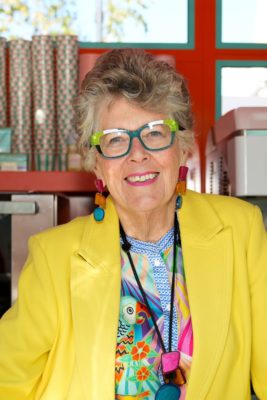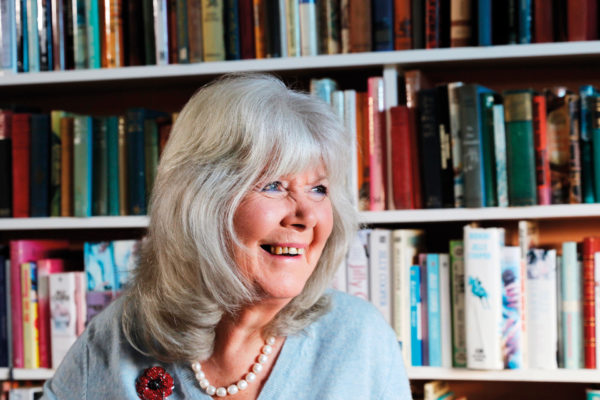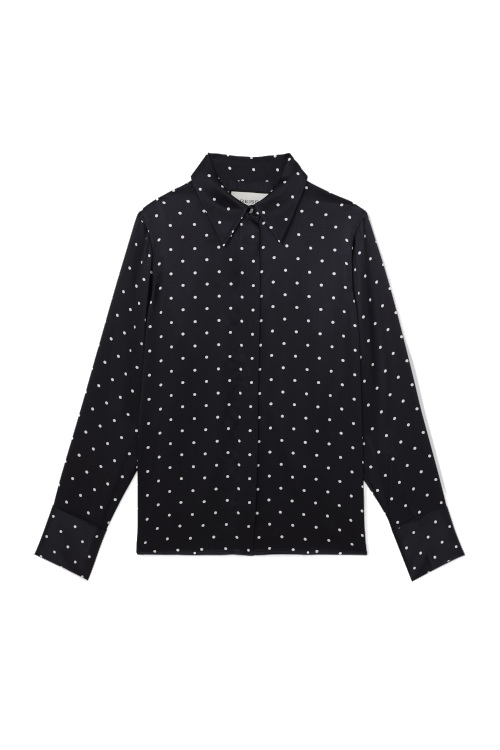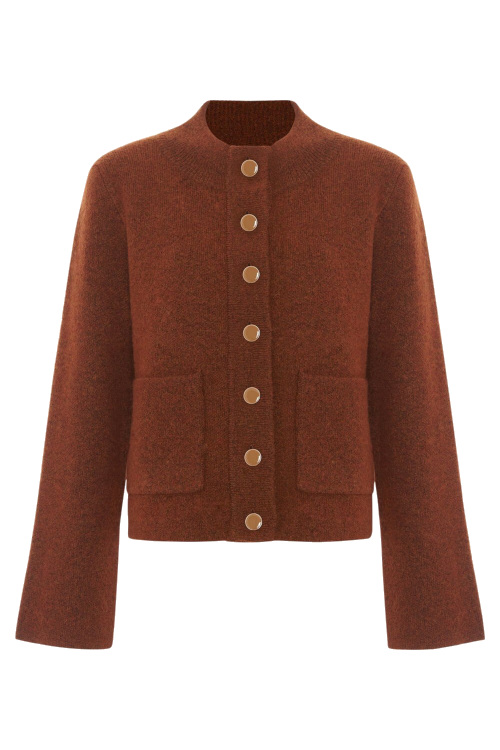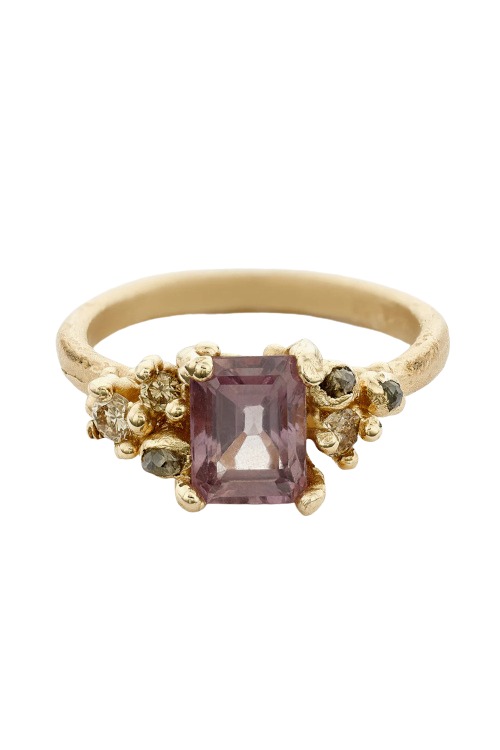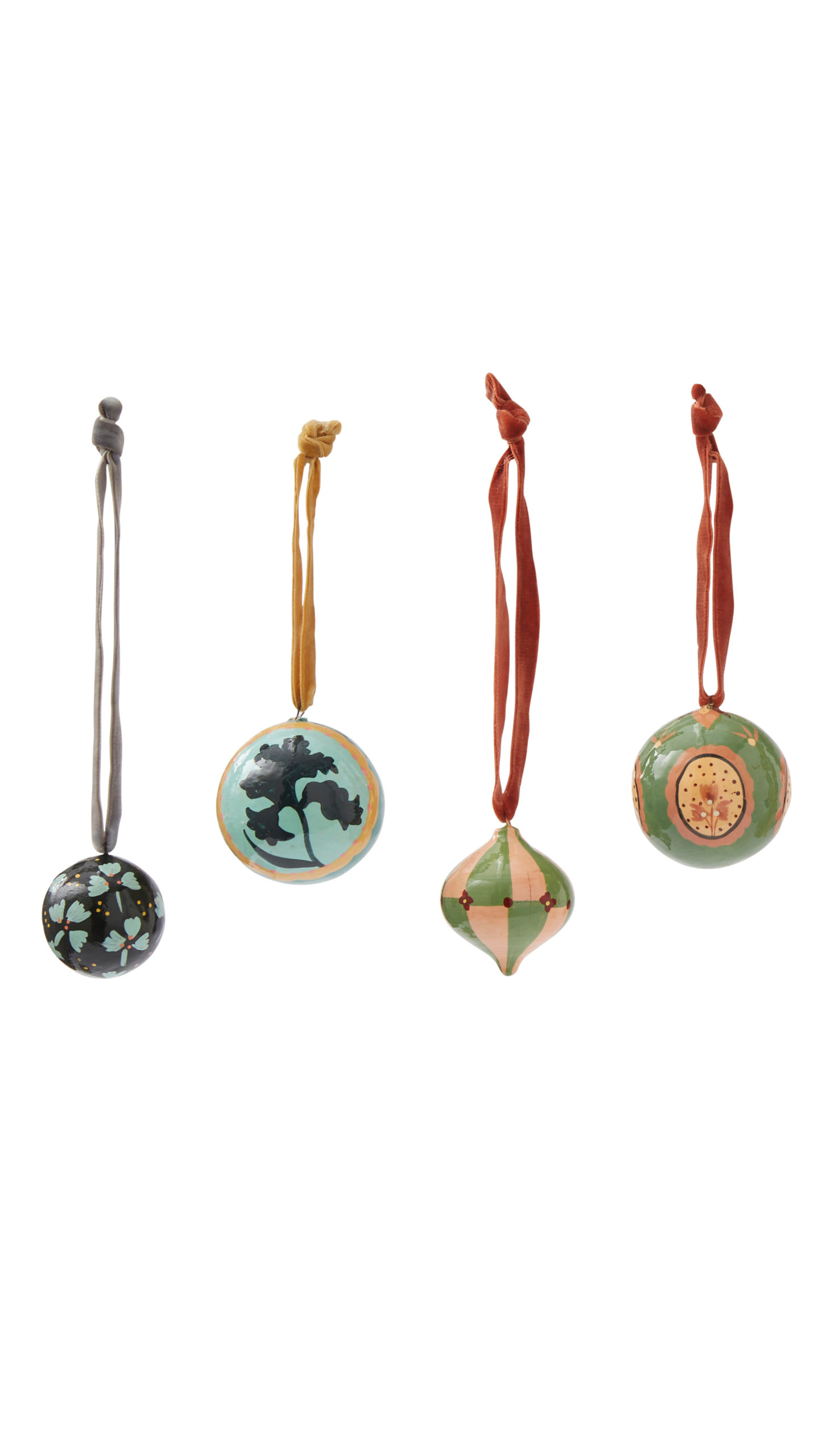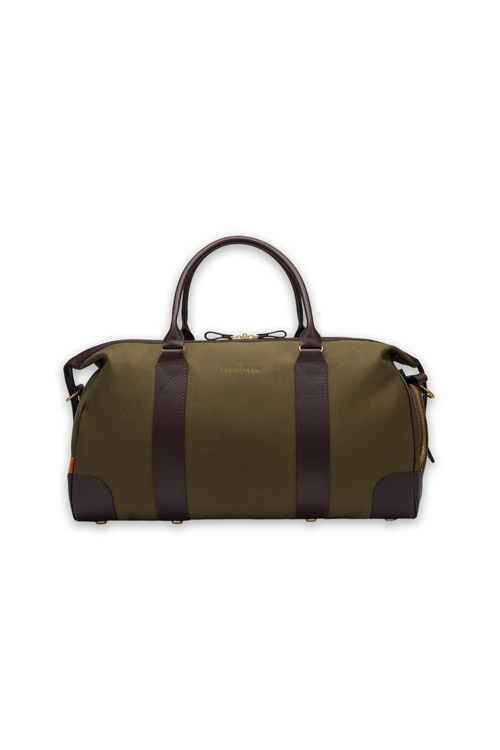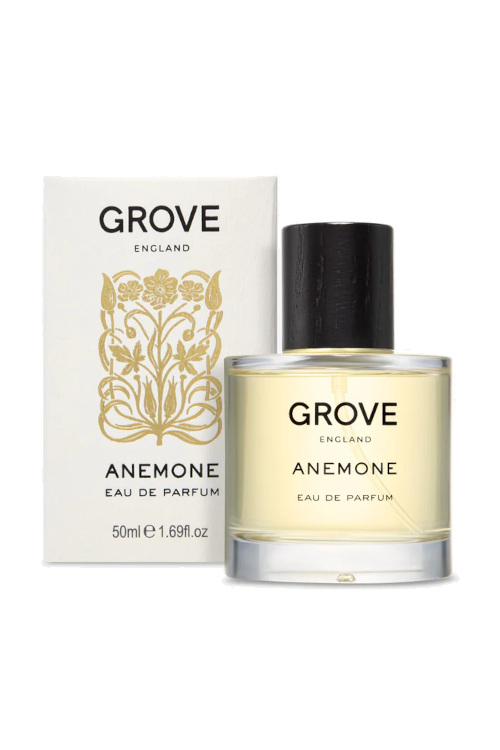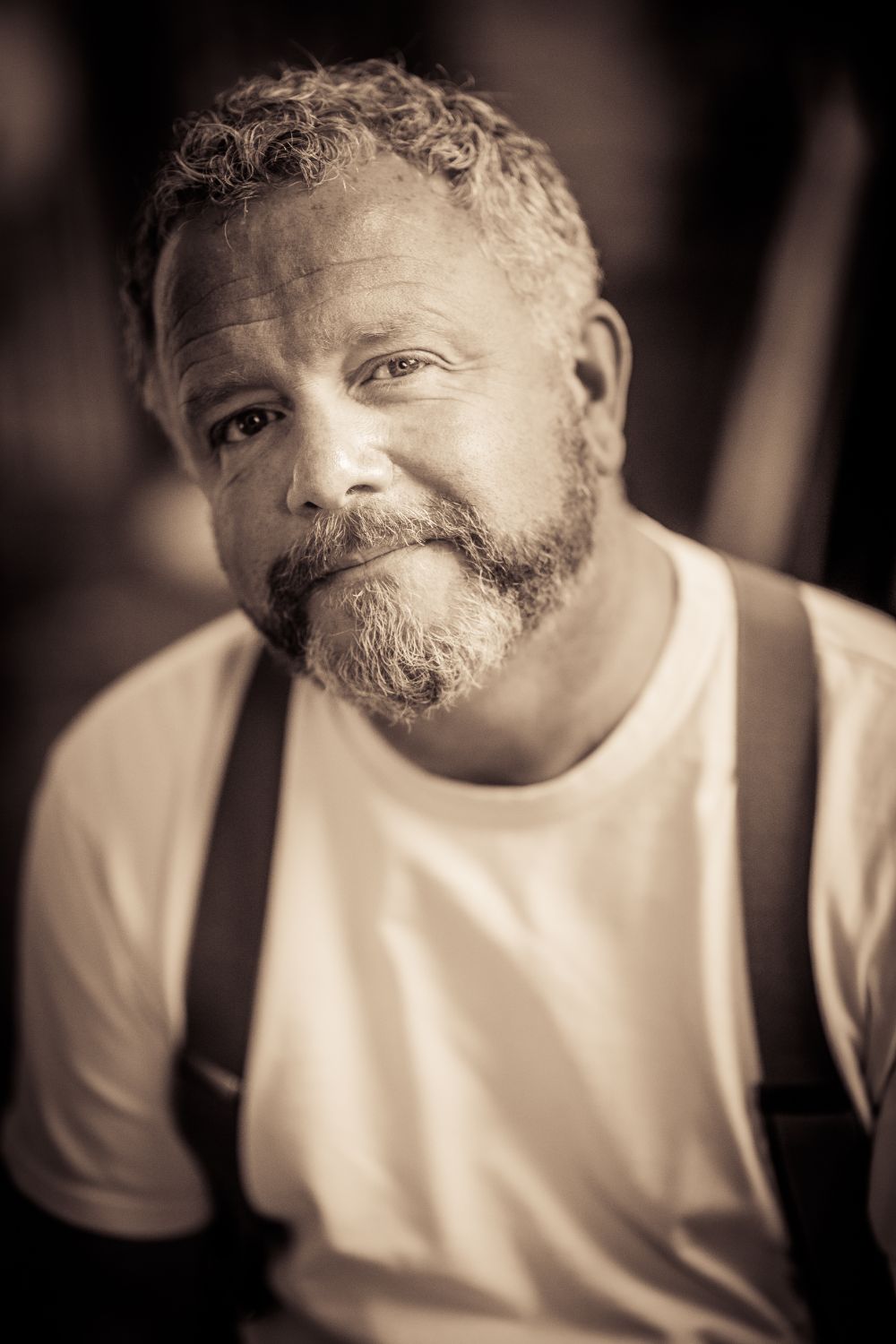
Colin Davidson: Meet The Artist Who Painted Queen Elizabeth II & Brad Pitt
By
2 months ago
Colin Davidson discusses how he peels back the facades of his subjects
With the upcoming release of Colin Davidson’s book Twelve Paintings with broadcaster Mark Carruthers – an extended Q&A with the artist in which they discuss his life and art through the lens of 12 works – Isabel Dempsey sits down with the painter to learn more about his craft.
We Chat To Colin Davidson
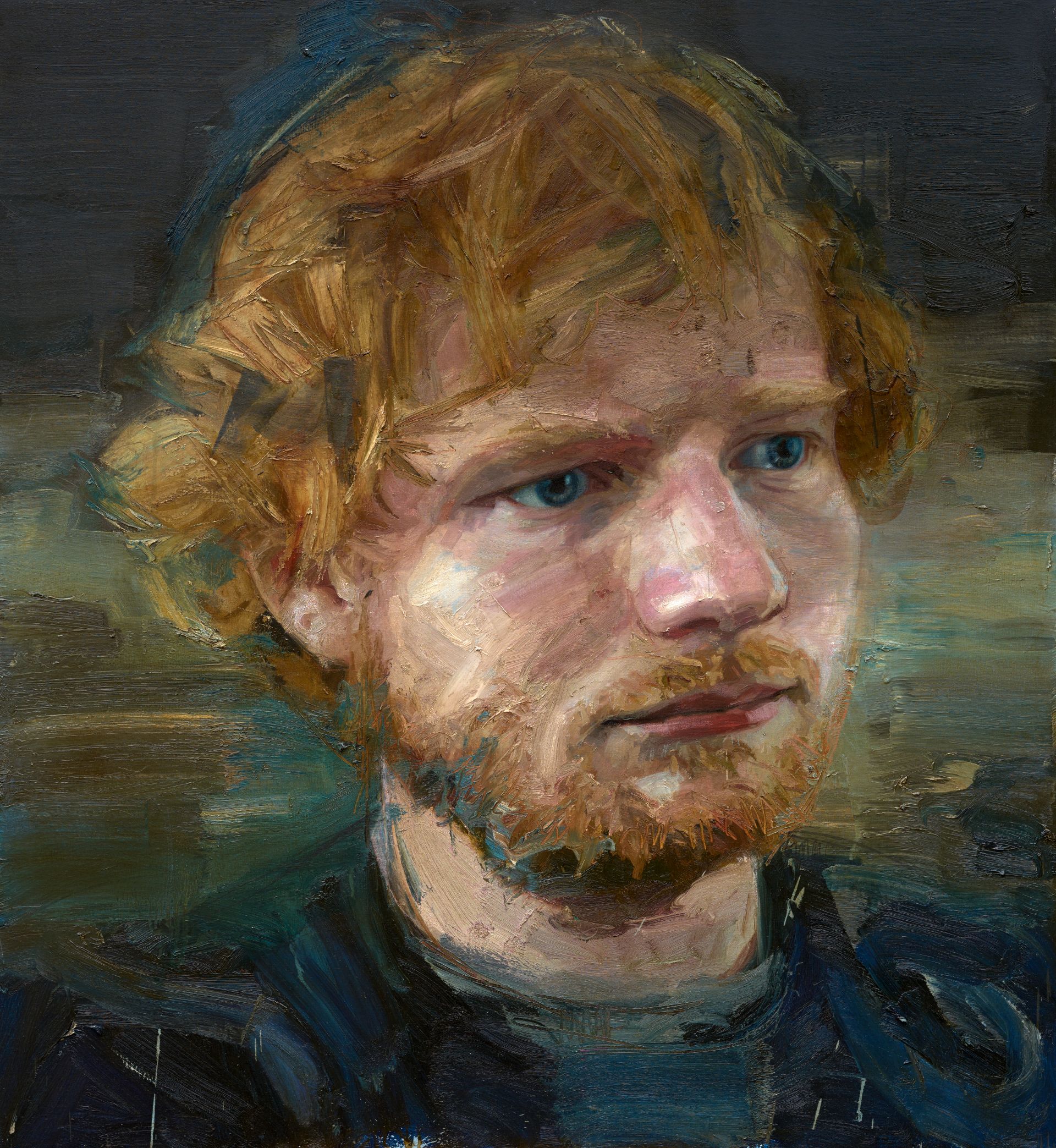
Davidson’s portrait of Ed Sheeran
Colin Davidson never set out to be a portrait painter. And, despite making his name from portraits of Queen Elizabeth II, Brad Pitt, Angela Merkel and Ed Sheeran (the list goes on), he does not consider himself a portraitist by trade.
Colin is a painter. Full-stop.
The portraits themselves started by happy accident, when a chance meeting in 2008 with an old friend, the performer and musician Peter Wilson (better known as Duke Special), changed his fate for good. Transfixed by Duke Special’s fabulous dreadlocks, heavy eye makeup and vaudeville look, Colin offered to paint him. An out of the blue request, followed by two years of procrastination, he never expected that this one portrait would gain him more attention than anything he’d done before.
With a couple of awards under his belt, the following series of events hoisted him higher and higher up a chain of well-known names. Peter introduced Colin to singer Glenn Hansard, he to writer Roddy Doyle. From there, the names only got bigger and the subjects more intimidating. ‘I mean, there’s no doubt about that,’ he says, serious in his Norther Irish lilt. ‘With each new encounter, it’s almost like starting from scratch. You’re one to one with a human being who you often haven’t met in the same room. It’s a very intense, very intimate encounter.’
At least Colin can comfort himself with the knowledge that his nerves have company. Despite the friendliness which seeps through the Zoom screen, sitters can’t help but fear the keenness of his attention. He speaks warmly, but slowly, glancing off to the corner and resting his fingers to his face as he weaves his artistic musings into intelligible, and deeply intelligent, thought. Ever humble throughout our chat, he repeats your name often, giving you the full focus on his attention – a focus which can feel daunting.
In the foreword of Colin’s new book Twelve Paintings, actor Simon Callow describes how ‘Nobody looks at you the way a portraitist does, except perhaps your mother, your lover or your doctor. In each case, the purpose is the same: penetration of the surface. What’s going on inside you?’
Much like a therapist, Colin must pull back the fronts which his sitters present to him and bring the true self to the fore. As to how he grasps onto that evasive film and catches the ‘peel here’ tab, the technique varies from one subject to the next: whether they sit in silence, talk or listen to music. ‘I believe every human being on the planet has a self-imposed facade. And for me that facade is my protection against you seeing what I don’t like about myself,’ he explains. ‘Those are the moments I choose to paint whenever people have let that facade drop and they are in a mode of complete honesty and freedom.’
While the process of digging beneath the surface may sound complex, for Colin the process is surprisingly simple: he paints what he sees. It is up to the viewer to decode what the shapes convey.
Having started out painting on the streets of Northern Ireland, raised by an artist father and a creative mother, Colin never expected that his artistic endeavours would land him in the places he’s been. ‘When I’m in the yellow drawing room in Buckingham Palace with Her Majesty the late Queen and we’ve got two hours together, just the two of us, before you even pinch yourself you just wonder what on Earth you’re doing there.’
Colin had been asked to paint Queen Elizabeth II following her visit to the Lyric Theatre in Belfast where his paintings were on display. Despite his nerves, Her Majesty quickly put him at ease, discussing her then upcoming 90th birthday, his home, her home, and his Silent Testimony work in which he painted victims of The Troubles. ‘When I paint, I bring all of that home. Not just the visual information, but I bring home the encounter and I pour that into the painting.’ Beyond the personality which he so expertly brushed into the work, for Colin (being the first Northern Irishman to paint the Queen) the painting also represented a thawing of the Anglo-Irish relationship.
While portraits of kings and queens historically tend towards representing their majesties weighed down by red ermine cloaks and jewel-encrusted crowns, in Colin’s painting you can see a tiredness in the Queen’s eyes, a weariness behind the stoic front. (‘Why did you make my face so big?’ she queried upon the reveal.) For him, these portraits (as he describes in the book) are the antithesis of classical portraiture. ‘Classical portraits had a job to do,’ he expands. ‘They had to represent someone of note, someone who had achieved much, who was held in high esteem […] I’m not celebrating anything other than humanity. It’s right down to what makes this particular human being tick.’
As a result, his portraits often look far from the image of the subject that viewers may carry in their heads. This criticism was particularly prevalent around his painting of Brad Pitt. ‘When was the last time you saw Brad Pitt in a hotel bedroom off a transatlantic flight, jet lagged, needing a sleep?’ he responds. ‘That’s what he looked like to me. That’s what he looked like when that facade had fallen away. I wasn’t painting a Hollywood film star.’
For Colin, Brad Pitt is more than an actor, but a former student – having taught him to paint following a mysterious email about a client who was a fan of his work. It was only when the contract came through that he realised who the client was. His response? ‘Just wow. Incredibly starstruck and honoured and privileged.’
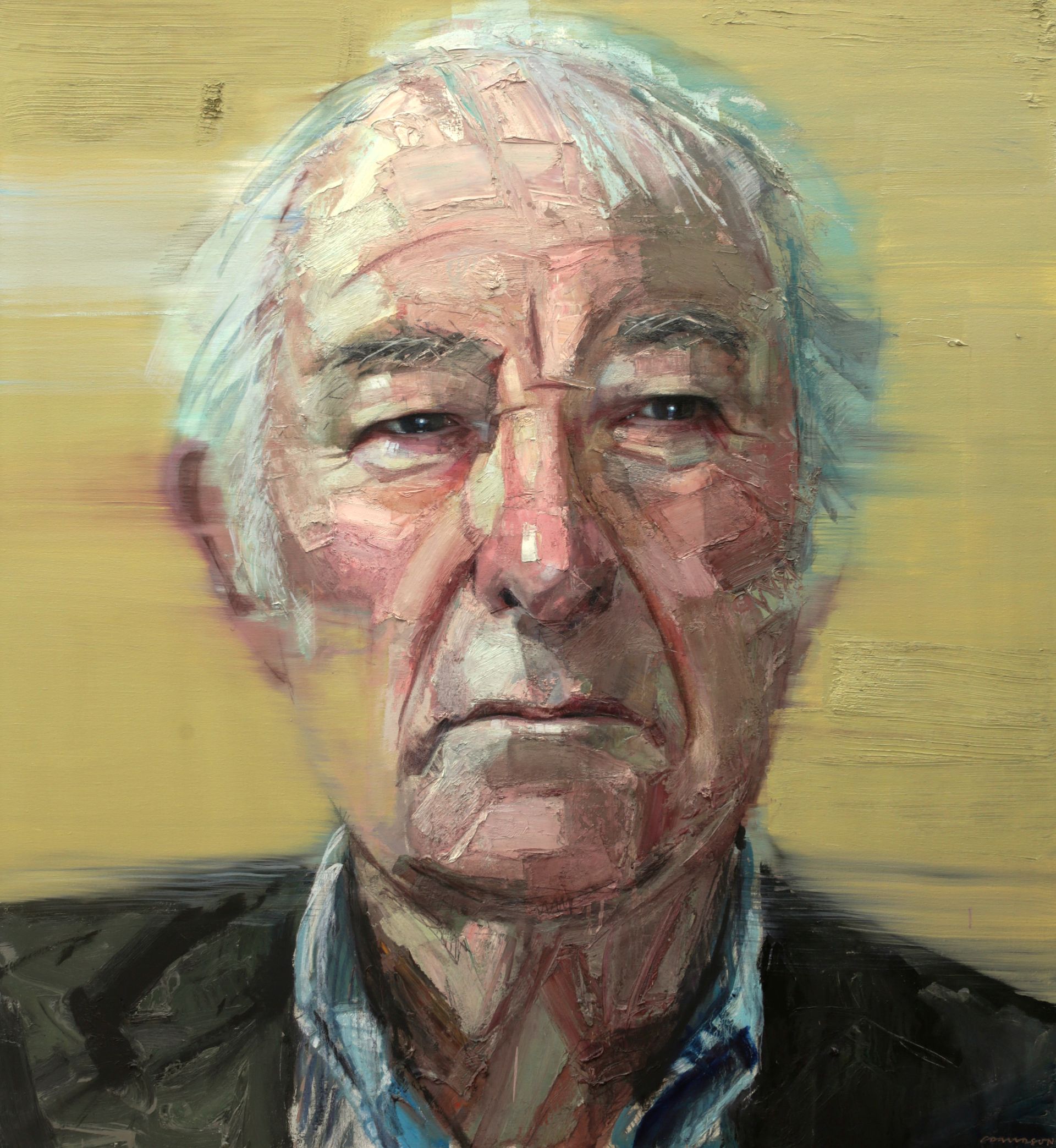
Colin Davidson’s portrait of poet Seamus Heaney
With the attention and praise of such big names at stake, Colin admits that he is often nervous as to how his sitters will respond (‘I don’t know why I choose to be in the same room when a portrait is unveiled,’ he says bemused). Despite the varying responses, with a couple of his sitters initially averse to seeing their true selves so publicly displayed, he believes that for a portrait painter to do their job right they must scratch beneath the surface: ‘There has got to be a bit of the sitter that is uncomfortable.’
As he speaks, larger than life faces leer in the background behind him, fighting for attention – despite the poised look of the display, he insists these are simply the works occupying his studio right now. His shoulder is bloodied with crimson paint and grey flecks scud across his T-shirt. Between his scraggly beard and painter’s apron, the rough texture of his appearance blends him into the texture of his works.
Is he ever wary of imposing himself into his portraits? ‘I could have a conversation completely about that question,’ he says, eyes alert. ‘Every painting has an element of self portraiture to it. Every painting an artist makes is about them. You know, it is them, and so I can’t possibly separate or divorce myself from any final painting. There’s a huge amount of me in every single work.’
Despite being frequently stuffed into a portrait-shaped pigeonhole, Colin is not frustrated; he is only grateful that people are paying attention. Alongside his famous faces, one of Colin’s favourite subjects throughout his career has been the reflections made by glass window panes – or rather, as he would describe them, the sheets of glass themselves. ‘I became fascinated by the multi-layered questions that refractions and reflections and sheets of glass posed. What is real? What is not real?’
His latest artistic venture, however, is three-dimensional sculpture. While it may seem like a bold departure from his 2D works, he sees these statues as more of a continuation of his current craft. ‘I’ve always been interested in the tactile nature of paint and what it can do. I often paint with my hands. And, of course, then you’re digging into the oil paint, and you’re creating valleys and fissures through the actual paint. And I remember thinking, wouldn’t it be fascinating to see if I could sculpt with oil paint?’
Taking on the appearance of people made from paint blobs, the works blur the line between painting and sculpture, bringing the often three-dimensional quality of the former (with its rough oily textures) to the fore. Recalling his painting of Irish poet Seamus Heaney, Colin explains how the process (inspired by Heaney’s nature poetry) involved ‘digging and scraping and quarrying and excavating’ the paint to bring the vast landscape of his face and feelings to life.
In this latest book, however, it is Colin himself who is excavated, quarried and questioned. ‘It is a portrait in some ways,’ he reflects on the book. ‘It wasn’t easy all the time because Mark’s questioning probed in certain directions that caused me to uncover aspects of myself and my career that I hadn’t really thought about before.’ Despite the fear, Colin was prepared to expose his soul to the world. From self-portraits, to landscape paintings, there are little bits of himself already hung all over gallery walls. ‘The other bit that helps is age,’ he says with a sage smile. ‘I’m not so afraid of what people think.’
EXPLORE
12 Paintings by Colin Davidson is on sale now at waterstones.com


